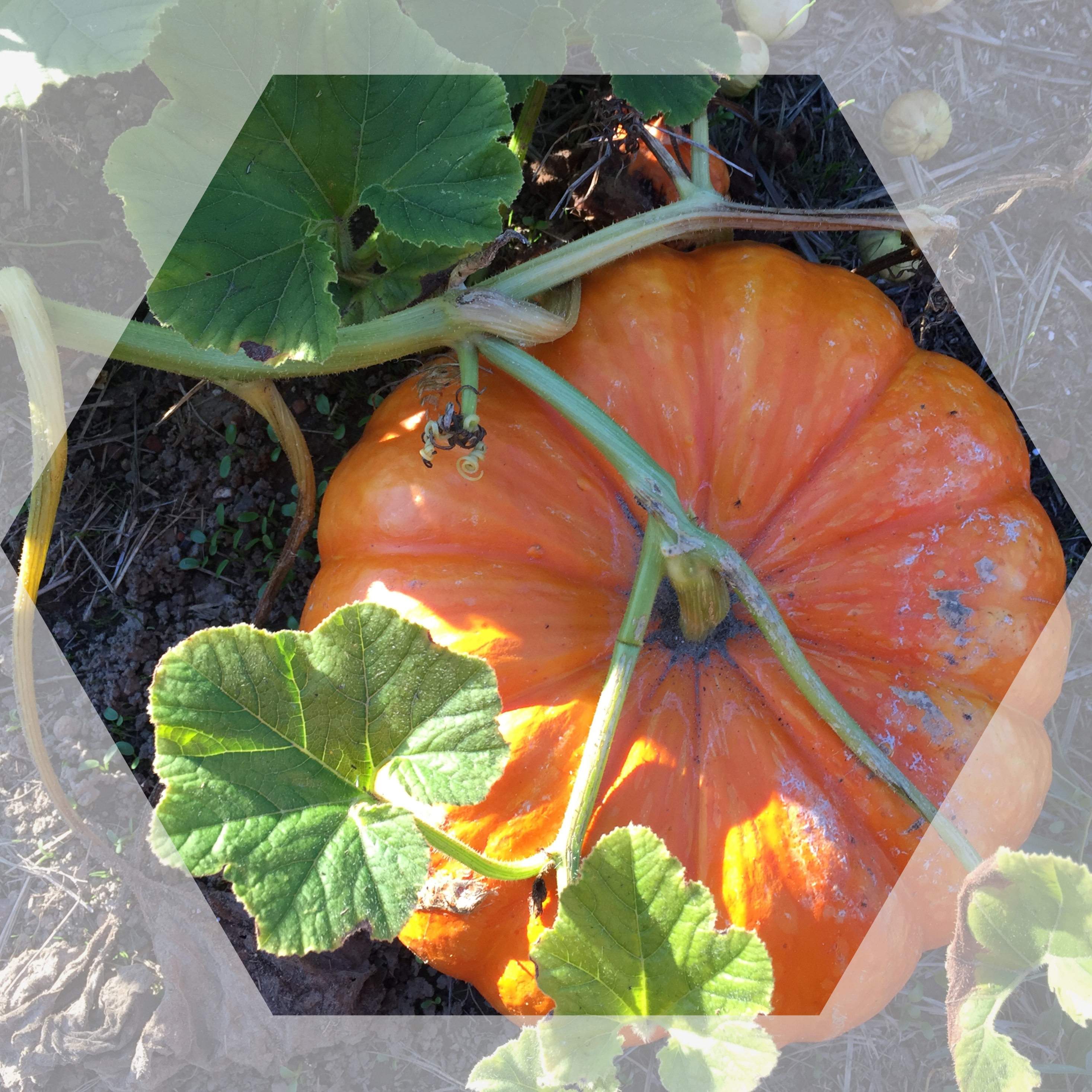
We can do more than improve soil fertility and water holding capacity, we can sequester significant amounts of carbon into our soils through better land management and carbon farming. This is a quadruple win solution for farmers, for the climate as well as food security and biodiversity.
Here is the news from carboncycle.org.
"Why Carbon Farming?
Land management is the second largest contributor to carbon dioxide emissions on planet earth. Agriculture is the ONE sector that has the ability to transform from a net emitter of CO2 to a net sequesterer of CO2 — there is no other human managed realm with this potential. Common agricultural practices, including driving a tractor, tilling the soil, over-grazing, using fossil fuel based fertilizers, pesticides and herbicides result in significant carbon dioxide release. Alternatively, carbon can be stored long term (decades to centuries or more) beneficially in soils in a process called soil carbon sequestration. Carbon Farming involves implementing practices that are known to improve the rate at which CO2 is removed from the atmosphere and converted to plant material and/or soil organic matter.
Carbon farming is successful when carbon gains resulting from enhanced land management and/or conservation practices exceed carbon losses.
Carbon Farming Practices
Recent studies demonstrate the efficacy of several carbon-beneficial agricultural practices in increasing soil carbon sequestration. Compost use has been shown to increase the amount of carbon stored in both grassland and cropland soils and has important co-benefits, such as increased primary productivity and water-holding capacity. Restoration of riparian areas on working lands has the capacity to sequester significant amounts of carbon. There are at least thirty-two on-farm Natural Resource Conservation Service (NRCS) conservation practices that are known to improve soil health and sequester carbon, while producing important co-benefits: increased water retention, hydrological function, biodiversity, and resilience.
Carbon Farm Planning
We start with the creation a Carbon Farm Plan (CFP), where our team works with a farmer or rancher to assess all the opportunities for GHG reduction and carbon sequestration on their property. A set of online tools (COMET) developed by researchers at Colorado State University, NRCS, CCI and the Marin Carbon Project, allows the quantification of GHG benefits. When we implement carbon farming, we also address many of ecosystem health impacts related to agriculture, including: groundwater and surface water degradation. Converting manure and other organic waste into high-quality compost, avoids the methane and air quality issues of conventional on-farm nutrient and waste management, and, improving soil health and soil organic matter directly improves the water holding capacity of soils, as we have seen first-hand on our demonstration farms across California."